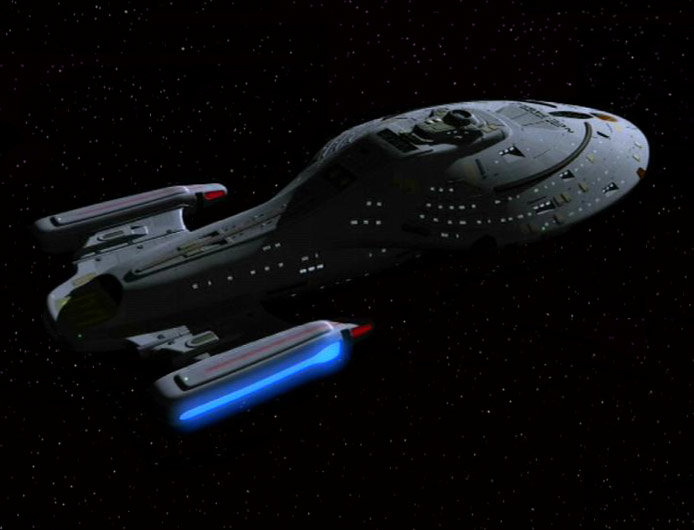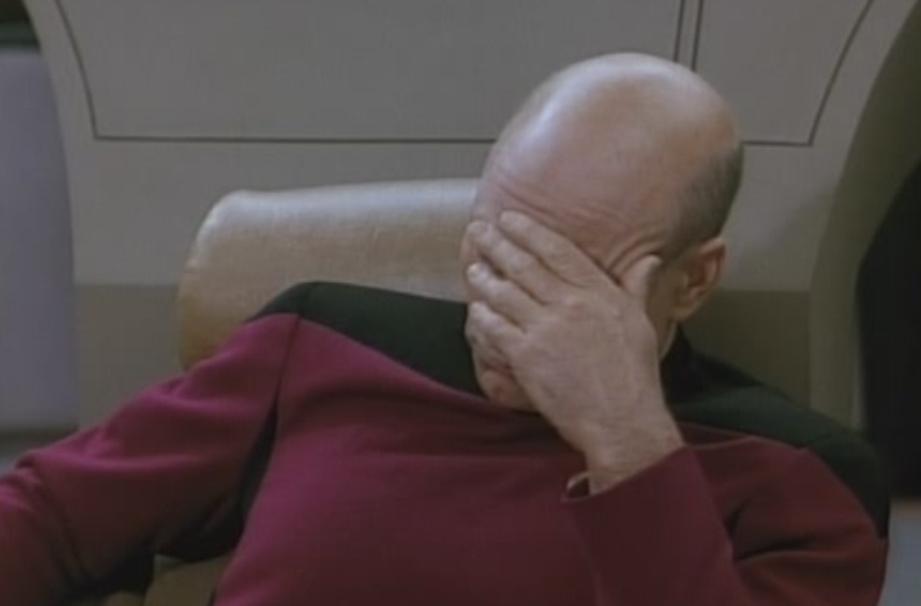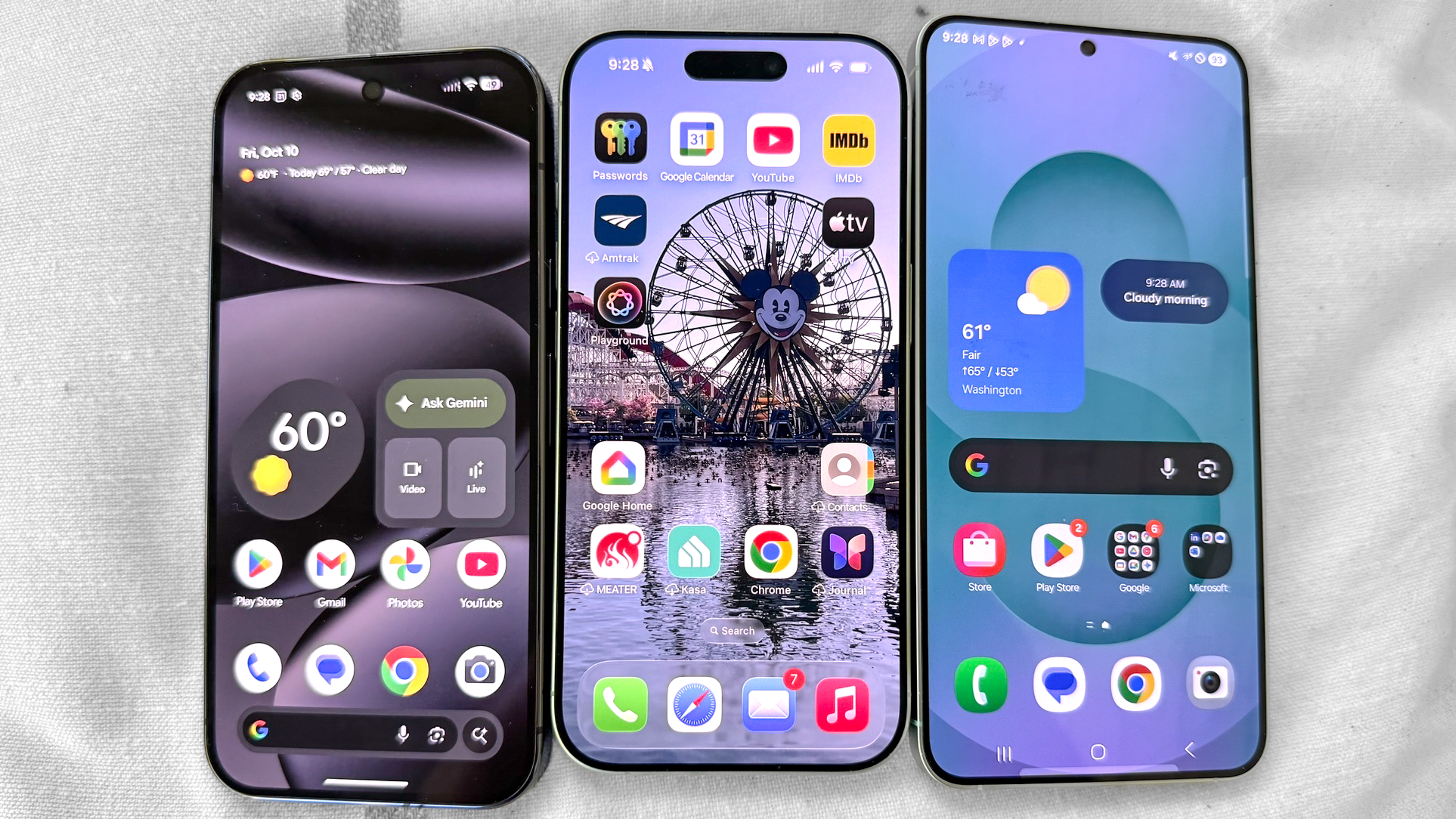Why a Star Trek Warp Drive Would Be Immensely Destructive
Without warp speed, there would have been no Star Trek.

Imagine the Enterprise with a conventional propulsion system and it would have been rather unlikely that the spacecraft's crew would have been able to explore strange new worlds, but would have been limited to travel to Mars and back.
Brendan McMonigal from the University of Sydney published more information on the "Alcubierre Warp Drive", which provided a first reasonable explanation of the warp drive and its feasibility in 1994. According to McMonigal, however, a warp drive-like system is unlikely to be built due to the enormous amount of energy created that would destroy anything in front of the space craft.
Alcubierre theory is based on the idea that "warp" would be achieved by contracting space in front of the craft and expanding space behind it, which would result in a velocity faster than light speed. The explanation is in line with Einstein's theory of relativity, as the spacecraft would not actively move. Instead, the folding space around it would be the reason why it changes its absolute position.
However, the process would also attract particles which would enter the warp bubble surrounding the spacecraft, McMonigal said. Some particles would "obtain extremely high energy and velocity and become time locked for the duration of their time in the bubble, experiencing very little proper time between entering and eventually leaving the bubble." When the spacecraft decelerates, the particles would be blasted away from the craft and change to particles with very short wavelength. According to the researcher, the effect would be a concentrated ray with virtually uncontrollable destructive power. The longer the duration of the warp drive travel, the stronger the released energies, McMonigal said.
The researcher believes that even short trips would collect and release enough energy to destroy anything ahead. He also noted that the particles could be blasted away not just to the front but in any other direction as well.

Get instant access to breaking news, the hottest reviews, great deals and helpful tips.
Douglas Perry is an author and journalist from Portland, Oregon. His many articles have appeared in the likes of Tom's Guide, Tom's Hardware, The Oregonian, and several newspapers. He has covered topics including security, hardware, and cars, and has written five books. In his spare time, he enjoys watching The Sopranos.
-
john_4 Did this have anything to do with the story line in the series at the end where Star Fleet found out Warp tech was destroying the galaxy?Reply -
cryogenic This is why any warp capable space ship should be equipped with a main deflector dish. In order to repel any space particles away from the warp bubble.Reply
I's just basic warp engine design, really ... -
dormantreign That's why the particles are sent to sub-space and also the same reason why warp drive ruins sub-space....don't anyone watch trek ...sighReply -
NightLight CryogenicThis is why any warp capable space ship should be equipped with a main deflector dish. In order to repel any space particles away from the warp bubble. I's just basic warp engine design, really ... you beat me to it!Reply -
duxducis that's not how warp works,Reply
Deflector dish creates black hole in front of ship, witch creates immense pull, controlling this effect with precision makes ship go fast. Impulse provides right power to ride the black hole wake. Computer provides all the needed calculations of course
-
santeana OK, so decelerate slowly. What's the big deal? God, seriously? You need a truck driver to fill in the blanks like this?Reply
